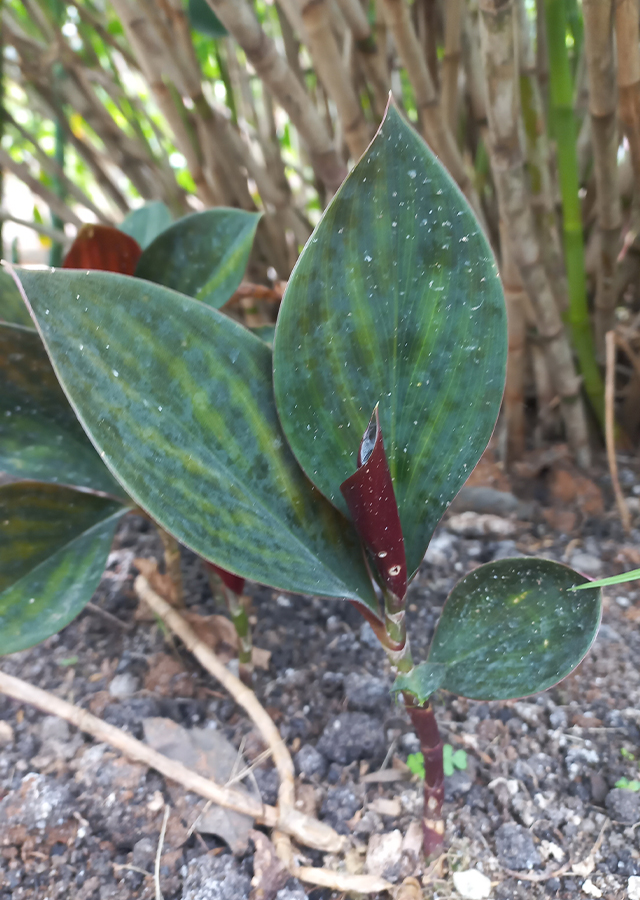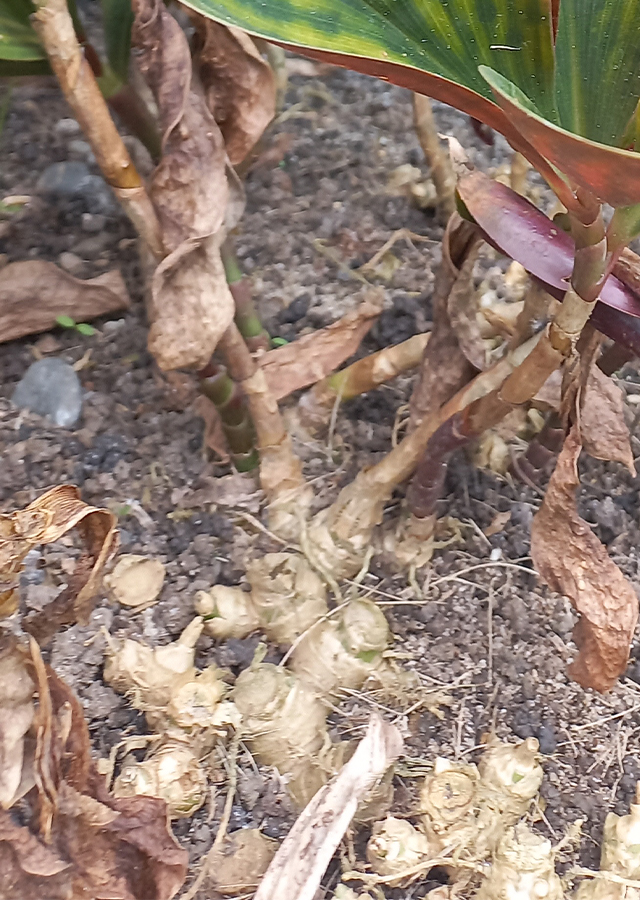Traditional Herbs from Costus erythrophyllus
What is Costus erythrophyllus Looks like??



Parts of Costus erythrophyllus that could be used
- All Parts of the Plant
Costus erythrophyllus Distribution
Red pacing or Costus erythrophyllus is a plant species originating from the Colombian Amazon, Peru, Ecuador and Brazil. This species is very popular as a cut plant and as an ornamental plant that can be grown both outdoors and indoors. Apart from that, this species has properties as a medicinal plant and food ingredient. Where, C. erythrophyllus has been used by the people of the Dominican Republic and the United States as a traditional medicine to treat diabetes. It has also been reported that C. erythrophyllus flowers can be consumed.Agroecology of Costus erythrophyllus
Red pacing is generally found growing at an altitude range of between 250-1,800 m above sea level. According to the IUCN Habitat Classification, this species is often found growing in forests, shrubs and wetlands (inland). Red pacing thrives in tropical/subtropical climates. Likes humus-rich, well-drained, loose and moist soil, and in a partially shaded or fully shaded position. This species also requires a lot of water to grow.
Morphology of Costus erythrophyllus
- Unifoliate leaves, bluish green above while burgundy below the leaf, spiral and mostly clustered at the apex, short petiolate, glabrous, obovate to oblong in shape, measuring 5 - 10 cm long and 1.5 cm wide - 2.5 cm, base pointed (cuneate), tip of leaf sharp (acute) to tapered (acuminate), leaf edges flat with green 2 ligule with unequal deep lobes.
- Flowers are large, bracts (protective leaves) are red to slightly pale pink, broadly ovate, smooth surface, bracteoles (flower stalk leaves) are red. Flower petals (calyx) with lobes deltoid, red and pubescent. The flower crown (corolla) is white and the labellum is dirty white with a yellow middle zone, has reddish lines, is tubular, and has 4 - 5 long stamens cm with reddish-white anthers 10 mm long. Inflorescences are spikes, terminal arrangement.
Cultivation of Costus erythrophyllus
Plant propagation by division of rhizomes.
Costus erythrophyllus, more details :
Chemical Content of Costus erythrophyllusInformation not found. Need further investigation.
Benefits of Costus erythrophyllus
Helps treat diabetes.
Simplisia of Costus erythrophyllus
Another Facts for Costus erythrophyllus :
Synonym of Costus erythrophyllusCostus claviger Benoist
Habitus of Costus erythrophyllus
Herb. Annual herb with unbranched rhizomes, capable of growing to a height of 0.3 - 1 m
Habitat of Costus erythrophyllus
- Wetland
- Forest
- Shrub Area
No comments:
Post a Comment